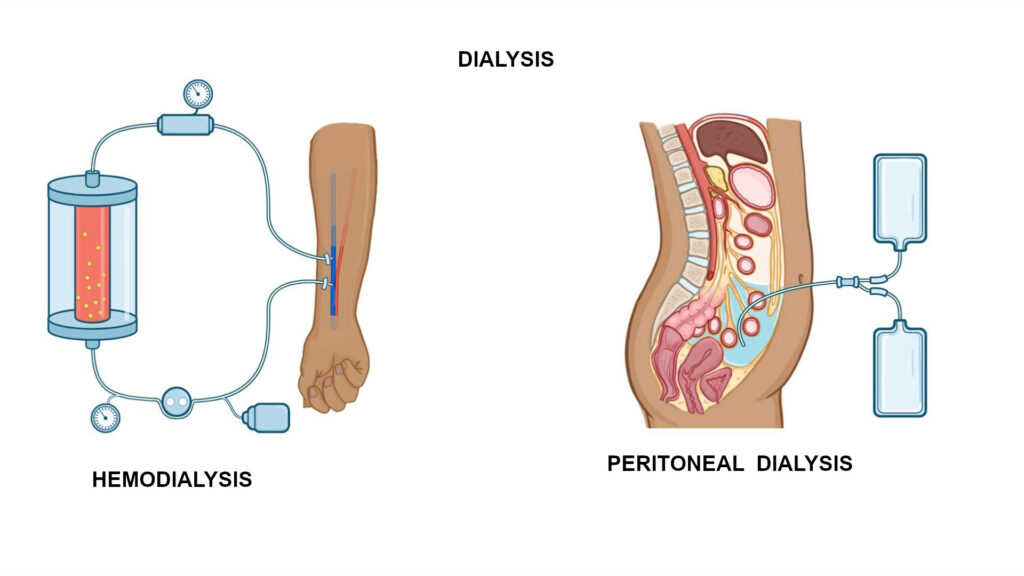Dialysis is a life-saving procedure that has revolutionized the management of kidney disease, providing individuals with impaired kidney function a lifeline to maintain their health and well-being. This remarkable medical treatment plays a critical role in filtering waste products, excess fluids, and toxins from the bloodstream when the kidneys can no longer perform these functions effectively. With its ability to restore balance and promote optimal kidney function, dialysis has transformed the lives of millions around the world, offering renewed hope and vitality.
The process :
Dialysis serves as a crucial intervention for individuals facing kidney failure or end-stage renal disease (ESRD). It acts as a substitute for the natural filtration function of the kidneys, supporting the removal of waste products and excess fluids that would otherwise accumulate in the body. By mimicking the essential functions of the kidneys, dialysis helps to maintain a stable internal environment, promoting overall health and well-being.

Types :
Hemodialysis: Hemodialysis is done via machine and is a widely recognized and extensively used form of dialysis. During the process of hemodialysis, blood is circulated outside the body through a dialyzer, a specialized machine that acts as an artificial kidney. The dialyzer filters the blood, removing waste products and excess fluids before returning the cleansed blood to the body via the process of reverse osmosis (RO) with dialysate . Hemodialysis is normally performed in a dialysis center under the supervision of healthcare professionals.
Peritoneal Dialysis: Peritoneal dialysis offers a more personalized and convenient approach to dialysis. It utilizes the body’s peritoneal membrane, a naturally occurring membrane in the abdomen, as a filtration system. A sterile solution called dialysate is introduced into the peritoneal cavity through a catheter. The peritoneal membrane allows waste products and excess fluids to pass from the bloodstream into the dialysate. After a dwell time, the used dialysate is drained out, and fresh dialysate is introduced. This can be performed at home, providing patients with greater flexibility and independence.


